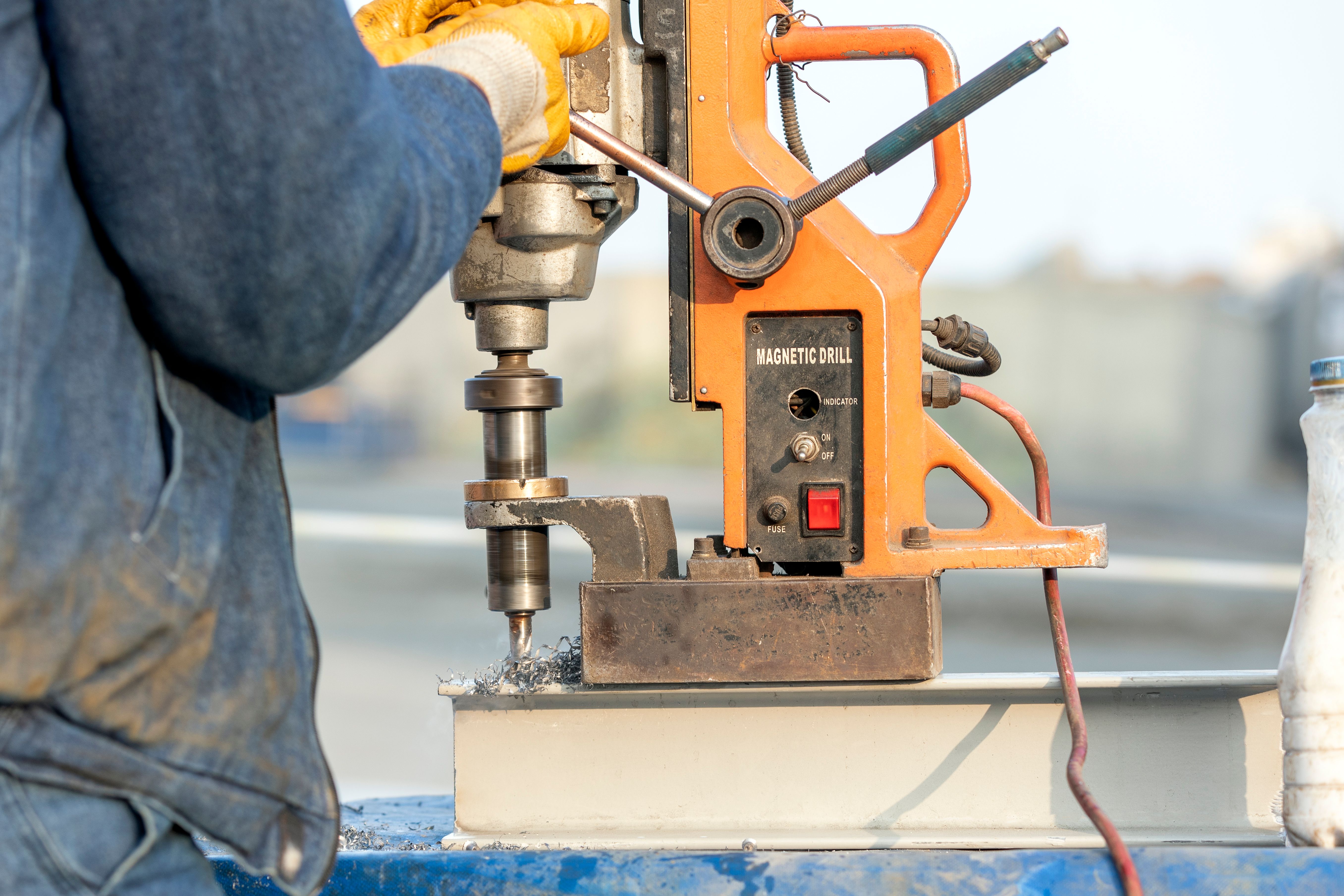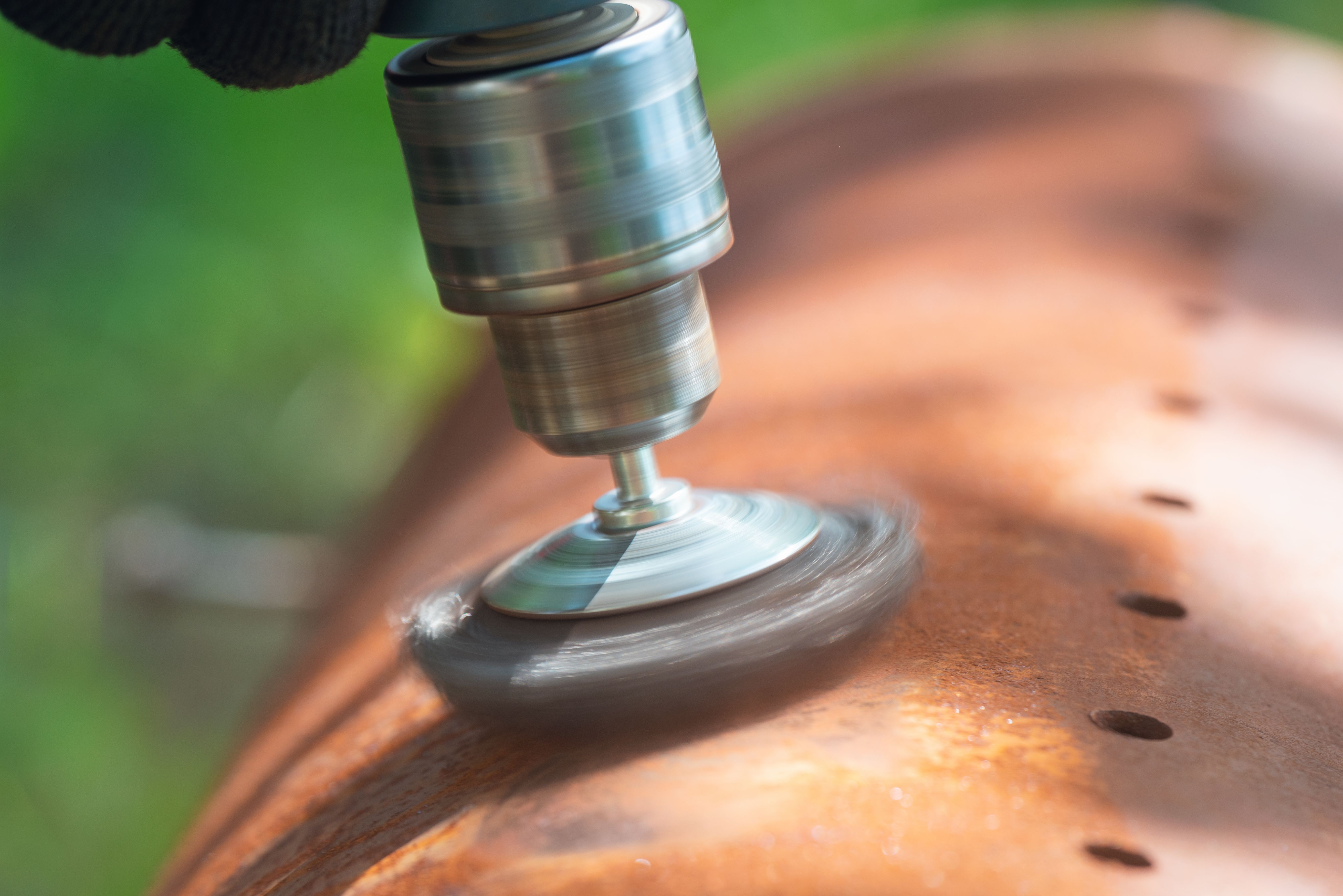Safe Magnet Drill Use: Tips and Pitfalls
RR
Understanding the Basics of Magnet Drills
Magnet drills are an essential tool for heavy-duty drilling operations, especially in construction and metalworking. These portable machines offer precision and power, making them a favorite among professionals. However, to use them effectively and safely, it's crucial to understand their basic components and functions.
The core feature of a magnet drill is its powerful electromagnetic base, which adheres to ferrous metal surfaces, providing stability during operation. This stability is crucial for ensuring accuracy and preventing accidents. Additionally, magnet drills come equipped with a range of drill bits and accessories that cater to various materials and thicknesses.

Setting Up Your Magnet Drill Safely
Before you begin drilling, it’s important to set up your magnet drill correctly. Start by ensuring the surface you're working on is clean and free from debris, as this can affect the electromagnetic base's grip. Position the drill on the metal surface, then activate the magnet to secure it in place.
Ensure that the drill bit is tightly secured in the chuck and that all components are in good condition. Check the power supply and connections to avoid any electrical hazards. If you're working at height or in confined spaces, take extra precautions to secure your workspace and wear appropriate safety gear such as helmets and harnesses.

Operating the Magnet Drill: Best Practices
Once your magnet drill is securely in place, you can begin drilling. Start by setting the appropriate speed for your material. Using a lower speed is advisable for thicker materials to prevent overheating. Apply steady pressure and let the drill do the work, avoiding excessive force that could damage both the tool and the material.
Regularly check the drill bit for signs of wear or damage. Replacing worn-out bits promptly can prevent accidents and ensure efficient operation. Additionally, use cutting fluid to reduce friction and heat, which can prolong the life of your drill bits.

Common Pitfalls and How to Avoid Them
Even experienced users can encounter challenges when using a magnet drill. One common pitfall is failing to secure the drill adequately, leading to slips or misalignment. Always verify the magnetic base's adhesion before starting your work.
Another issue is using incorrect drill bits for your material. Always select bits that are compatible with your material’s thickness and hardness to avoid breakage or inefficient drilling. Maintaining a well-organized workspace can also prevent accidents caused by tripping over cords or tools.
Maintenance Tips for Longevity
To keep your magnet drill in top condition, regular maintenance is essential. After each use, clean all components thoroughly to remove metal shavings and debris. Inspect the magnetic base regularly for any signs of wear or damage, as this can affect its performance.
Lubricate moving parts according to the manufacturer’s instructions to ensure smooth operation. Store the drill in a dry place to prevent rust and corrosion, protecting its electrical components from moisture damage.

Safety Gear and Equipment
Safety should always be a priority when working with power tools like magnet drills. Equip yourself with safety goggles to protect your eyes from flying debris and dust. Ear protection is also advisable, especially during extended periods of use.
Wearing gloves can provide additional protection from sharp metal edges but ensure they allow you enough dexterity to handle the drill safely. Proper footwear with non-slip soles can prevent falls in a workshop environment.
Troubleshooting Common Issues
If you encounter issues during drilling, such as the drill not adhering properly or cutting unevenly, troubleshoot by checking all connections and settings. Ensure that the surface is flat and clean for optimal magnetic adhesion.
If the drill overheats, pause your work to allow it to cool down and check if cutting fluid needs replenishing. Persistent problems may require consulting the manufacturer’s guide or seeking professional repair services.
